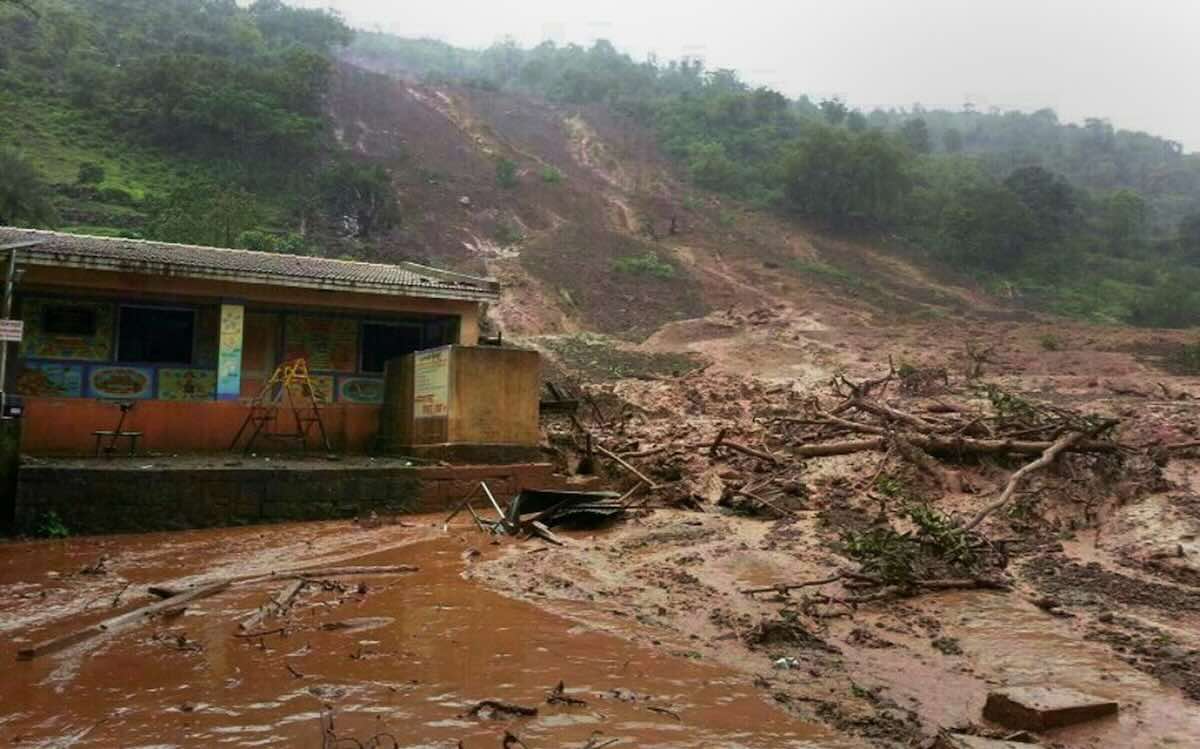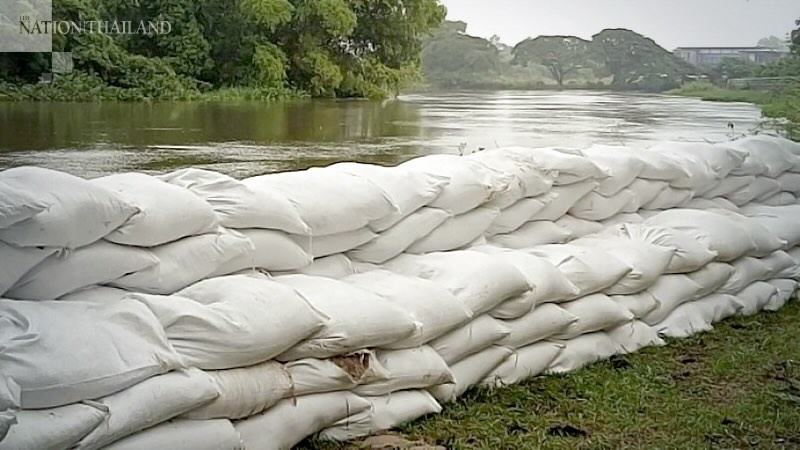For Thais, a monsoon season is a familiar visitor, bringing a much-needed break from the scorching heat and replenishing the land with life-giving rain. But the monsoon season also brings heavy downpours, potential flooding, and disruptions to daily life. This blog post dives into the Thailand rainy season, explaining its impact and offering valuable tips to navigate this period safely and comfortably.
Understanding the Monsoon
The monsoon is a seasonal wind system that brings significant rainfall across vast regions of Asia, including Thailand. It’s driven by temperature differences between land and sea. During the hot season, the land heats up faster than the ocean, creating a low-pressure system that draws in moisture-laden winds from the Indian Ocean. These winds condense as they rise, resulting in heavy rainfall – the essence of the monsoon season.
 Image source: Andre Mouton via Unsplash
Image source: Andre Mouton via Unsplash
When Is Monsoon Season in Thailand?
The rainy season in Thailand typically runs from May to October, with variations depending on the region. The southernmost parts experience the rains first, gradually moving northwards. Here’s a breakdown of the Thailand monsoon season months across the country:
| Region | Peak Monsoon Rainfall |
|---|---|
| Northern Thailand | May to August |
| Central Thailand (incl.Bangkok) | July to September |
| Northeastern Thailand (Isan) | July to September |
| Southern Thailand and the Andaman Coast | May to December |
| Eastern Thailand and the Gulf Coast | September to November |
Thailand Monsoon Season: Impact on People and Environment
The monsoon season is a double-edged sword for Thailand. It has the following advantages:
- Replenishment of water resources. The rains fill reservoirs, rivers, and groundwater tables, ensuring water availability for agriculture and consumption throughout the year.
- Cooler temperatures. The heavy rains and cloud cover bring a welcome respite from the scorching summer heat.
- Boosted agriculture. The rainy season is crucial for rice cultivation and other agricultural activities, forming the backbone of Thailand’s economy.
However, it also has the following challenges:
- Flooding: As mentioned earlier, heavy rains can lead to flooding, causing damage to homes, infrastructure, and agricultural land. This can displace families, disrupt livelihoods, and impact food security.
- Landslides: Saturated soil can lead to landslides, particularly in mountainous areas. These can cause injuries, fatalities, and property damage.
 Image source: AFP
Image source: AFP
- Disease outbreaks: Stagnant water from floods can create breeding grounds for mosquitoes, leading to an increased risk of mosquito-borne diseases like dengue fever.
- Disruptions: Transportation delays, power outages, and disruptions to daily routines are common.
Preparing for the Monsoon Season
While we cannot control the weather, we can definitely be prepared. Here are some tips to help you navigate the Thailand rainy season safely and comfortably.
Before the Rains
Before the rains arrive, it’s crucial to ensure proper drainage around your house. Regularly clean gutters, drains, and surrounding areas to prevent waterlogging. Consider waterproofing your home by sealing cracks and using sandbags around low-lying areas, especially if you live in a flood-prone zone.
 Assemble an emergency preparedness kit stocked with essentials like non-perishable food, bottled water, first-aid supplies, a flashlight, and a battery-powered radio. Activate severe weather alerts in RainViewer and watch out for flood warnings and watches.
Assemble an emergency preparedness kit stocked with essentials like non-perishable food, bottled water, first-aid supplies, a flashlight, and a battery-powered radio. Activate severe weather alerts in RainViewer and watch out for flood warnings and watches.
During the Rains
When the rains hit, exercise caution on the roads. Heavy downpours create slippery conditions and reduce visibility. Drive slowly, maintain a safe distance from other vehicles, and avoid flooded areas altogether. During heavy storms, it’s best to stay indoors and avoid open spaces to minimize the risk of lightning strikes. Unplug electronics to protect them from power surges that can occur during storms. Keep your phone charged and have a plan to communicate with family members in case of emergencies.
Preventing Floods
You can also help minimize the impact of flooding by taking some preventative measures. Refrain from littering or throwing garbage into drains, as this can clog waterways and exacerbate flooding. Participate in local efforts to clean canals and drainage systems whenever possible. Planting trees around your property can also help absorb rainwater and reduce runoff, mitigating flood risks.
Takeaway
As Thailand prepares for the annual arrival of the monsoon season, it’s essential to recognize both its benefits and challenges. While the monsoon brings much-needed relief from the heat, replenishes water sources, and supports agriculture, it also poses significant risks such as flooding, landslides, and disease outbreaks. However, by understanding the dynamics of the monsoon, staying informed, and taking proactive measures, individuals and communities can minimize the negative impacts and maximize the benefits.






